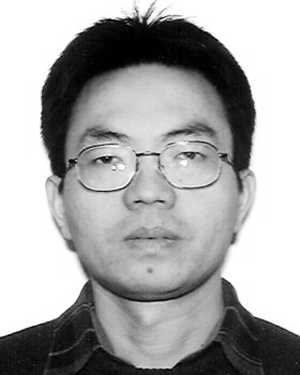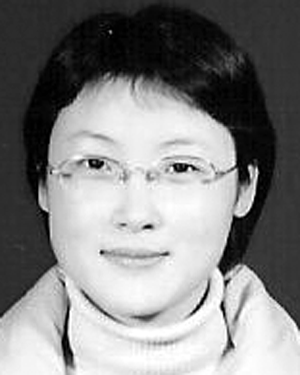I. Introduction
Low-density parity-check (LDPC) codes, which were originally introduced by Gallager in his Ph.D. dissertation in the early 1960s [1], have been ignored for a long time for the requirement of high-complexity computation. Since their rediscovery by MacKay and Neal [2], [3], LDPC codes have become one of the most attractive topics of interest in both academia and industry. Compared with turbo codes, LDPC codes are well suited for wireless, optical, and magnetic recording systems due to their near-Shannon-limit error-correcting capacity, low error floor, reasonable implementation complexity, as well as high intrinsic degrees of parallelism. With these remarkable characteristics, LDPC codes have been recently adopted in several industrial standards such as wireless local area networks (IEEE 802.11n) [4], wireless metropolitan area networks (IEEE 802.16e) [5], China's Digital Television Terrestrial Broadcasting standards (DTTB) [6], and Digital Video Broadcasting-Satellite-Second Generation (DVB-S2) [7].






